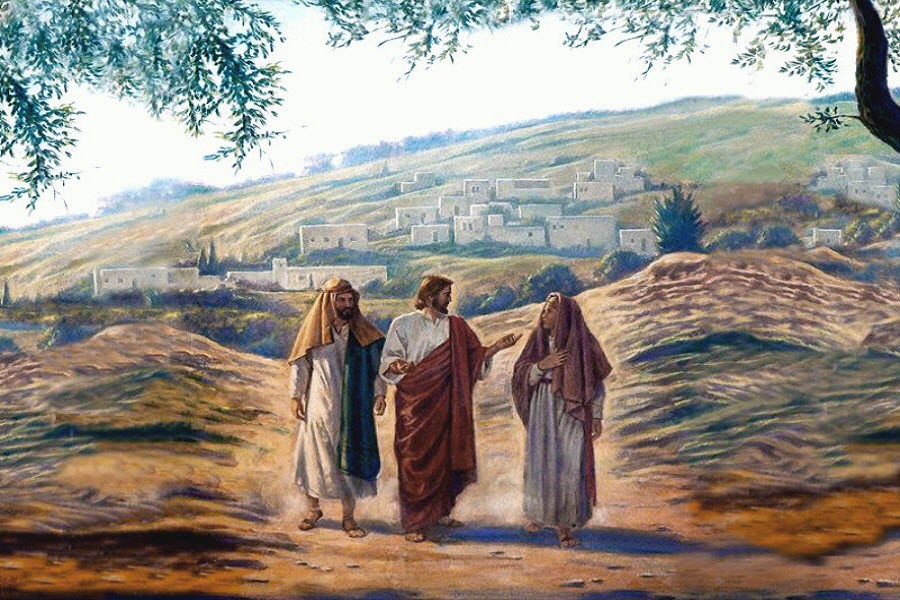
He Was Made Known To Them in the Breaking of the Bread
04-23-2023Weekly ReflectionFr. Manasseh Iorchir, VCThe Gospel passage for the Third Sunday of Easter presents the story of how the Resurrected Jesus revealed Himself, through the scriptural hermeneutics and the breaking of bread, to two of His disciples, Cleopas and his unnamed companion, who were going to a village called Emmaus. As they journeyed, they discussed recent occurrences in Jerusalem including the reported resurrection of Jesus. St. Luke reports that Jesus “drew near and walked with them” but they could not recognize Him. The stranger (at least in their eyes at that moment) wanted to know what they were discussing. They offered a concise summary of the events surrounding the Resurrection, “informing” Jesus about the crucifixion of “Jesus the Nazarene,” His death on the cross, their seemingly dashed hope that He would be the salvation of Israel, the discovery of the empty tomb by some women among them, and the subsequent investigation and confirmation of the story by some of the Apostles.
Jesus responded by interpreting to them, beginning from Moses down to the prophets, the passages of Scripture that pointed to His suffering, death and resurrection. While they would later admit that their hearts were burning within them as he explained the Scriptures to them, there was no immediate sign that they either understood the revelation he was explaining or recognized with whom they were having the discourse. When they approached the village where they were going, Jesus acted as if He was going on farther. The two disciples offered Him their generous hospitality urging Him to “stay with us for it is nearly evening and the day is almost over.” This singular act of charity (providing a roof and food for a traveler whom they did not know) produced disproportionate fruits. While they were at table, Jesus took bread, said the blessing, broke it and gave it to them. In Luke’s Gospel, the four verbs of taking, saying the blessing, breaking and giving, are employed in a sequence to describe Jesus’s action at the feeding of the five thousand and at the Last Supper where Jesus instituted the Sacrament of the Holy Eucharist. When the two disciples witnessed a re-enactment of this sequence in the breaking of bread, they quickly realized that they were with the resurrected Jesus.
It is instructive to imagine what would have happened if the disciples had not bothered to invite the meddlesome interloper they met on the way when they arrived at their destination. There would have been no opportunity to recognize Jesus even after feeling the burning of their hearts as He explained the Scriptures to them. Herein lies one of the lessons of the celebration of Easter. It is only in love and charity that the Resurrection of Jesus brings meaning to our lives and in the world. The Resurrected Jesus is willing to reveal Himself and allow us to recognize Him in a most meaningful manner if we commit to acts of charity and kindness.
The Journey of the two disciples may also be likened to the celebration of the Holy Mass. First, we have the proclamation and exposition of the Scriptures (the Liturgy of the Word), and then comes the breaking of bread (the Liturgy of the Holy Eucharist) which completes the celebration by making present the Resurrected Jesus who comes to feed us under the appearance of bread and wine. The explanation of the Word of God during the Holy Mass should dispose us to recognize Jesus Christ as truly present with us in the sacrament of the altar, such that we recognize Him in the breaking of bread.
May Jesus open our hearts to, and set them on fi re with, the Word of God, and may we always invite Jesus to “stay with us” so that we may always recognize Him in the breaking of bread.
Please be kind and may God bless you.
Fr. Manasseh
BACK TO LIST